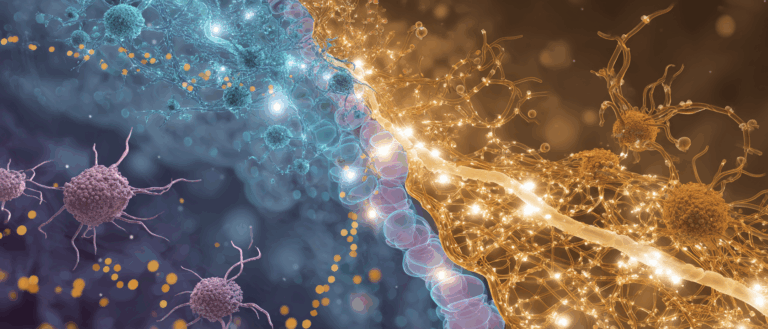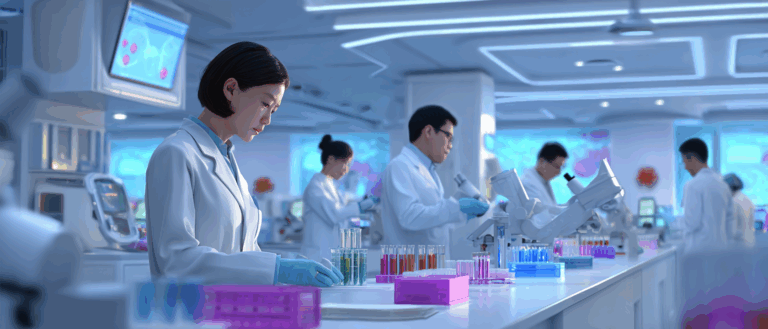Authors: John D. Young, Jan Martel, Lena Young, Cheng-Yeu Wu, Andrew Young, David Young
DOI: 10.1371/journal.pone.0004417
Abstract Summary
Nanobacteria, once thought to be living disease-causing agents, are actually lifeless protein-mineral complexes. Researchers found these nanoparticles form when calcium-binding proteins like fetuin-A and albumin become overwhelmed by excess calcium in culture media or body fluids, creating seeds for calcification. Rather than novel organisms, they likely represent byproducts of normal calcium regulation mechanisms.
Why Brain? 🧠
Study reveals “nanobacteria” are not living organisms but mineral deposits from normal calcium regulation, debunking their role in disease and explaining them as byproducts of the body’s calcium control.
The image is AI-generated for illustrative purposes only. Courtesy of Midjourney.




